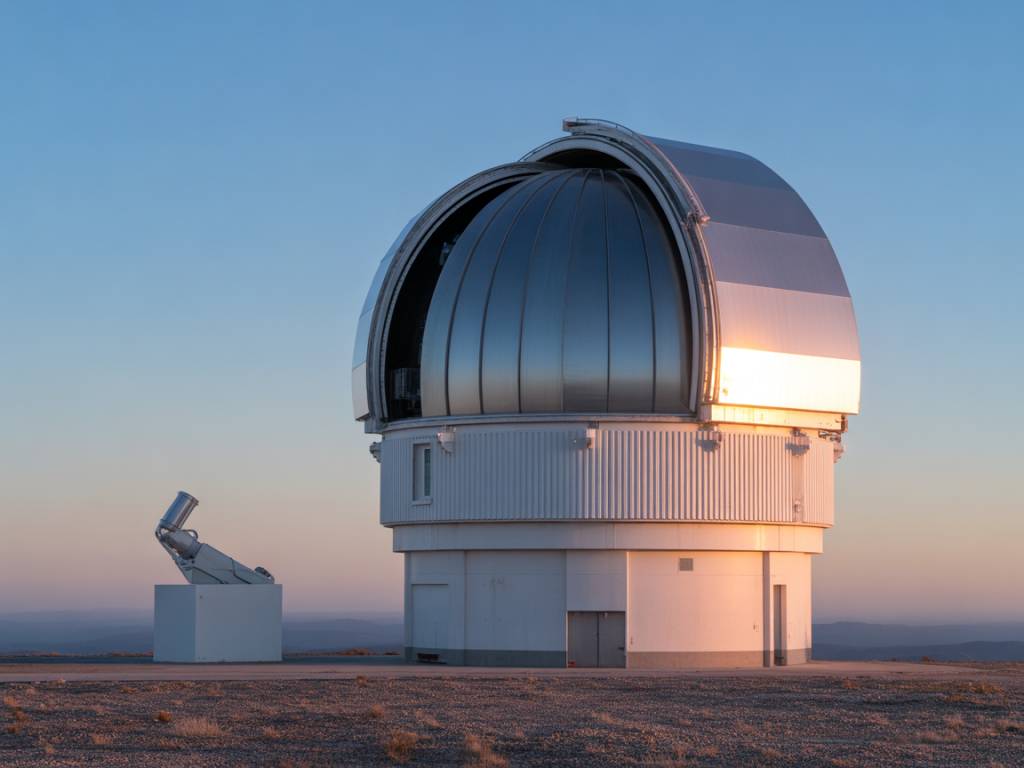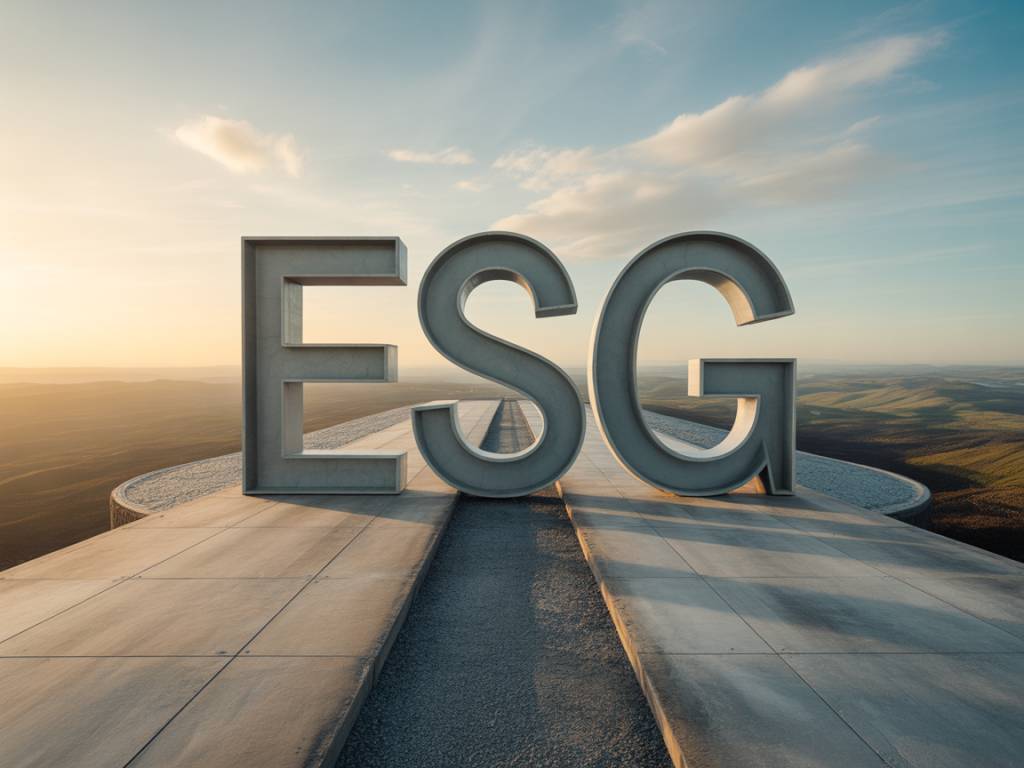European Southern Observatory Pushes the Limits of Industrial Telescope Engineering
While the eyes of the general public often turn skyward for astronomical events, the true innovations are being forged on the ground — in state-of-the-art facilities where engineering, optics, industrial design and high-precision manufacturing converge. The European Southern Observatory (ESO), headquartered in Garching, Germany, is currently leading some of the most ambitious developments in industrial telescope systems ever attempted. But what does this mean for businesses in optics, robotics, and advanced manufacturing?
ESO: A Strategic Gear in Europe’s Industrial Machinery
Founded in 1962 and comprising 16 member countries, ESO is more than a scientific institution — it’s a testbed for industrial excellence. Through its ambitious builds like the Very Large Telescope (VLT) in Chile, and the upcoming Extremely Large Telescope (ELT), ESO has become an invaluable incubator for high-performance industrial collaborations across Europe.
Adrien Lefèvre recently spoke with Pascal Müller, project engineer at an optical firm supplying ESO’s ELT. According to Müller, “Working with ESO has pushed our R&D cycles, but it has also allowed us to scale nano-level precision manufacturing that we’re now applying in defense and medtech sectors. It’s a downstream benefit people often overlook.”
The Extremely Large Telescope: A Paradigm Shift in Industrial Engineering
Let’s be clear — the ELT isn’t your average observatory. Slated to become operational later this decade in the Atacama Desert, the ELT will be the largest optical/near-infrared telescope in the world, featuring a 39.3-meter segmented primary mirror composed of 798 hexagonal segments. That scale of precision-alone manufacturing? Unprecedented.
Consider this: each segment must be polished to within tens of nanometers — about 1,000 times thinner than a human hair. Beyond optical challenges, the engineering complexities of actuation, thermal compensation, servo-automation, and material deformation management each require industrial-grade solutions pioneered in aerospace, but now being refined for astronomy.
These systems demand the support of multi-disciplinary supply chains, involving firms in:
- High-precision metallurgy for structural components
- Active optics control systems
- Advanced ceramic materials for mirror substrates
- Low-latency control architectures using AI optimization
Advancing Industrial Capabilities Across Europe
According to ESO figures, the ELT alone has created industrial contracts worth over €1 billion — with 70% allocated to companies within Europe. This is not just science-driven R&D; it’s direct contribution to the productive economy, enabling SMEs and major suppliers to push into ultra-high-tech industrial domains.
For instance, Fives Cryomec in France supplies cryogenic technologies for ESO’s instruments. “We cut our error margins by a factor of ten thanks to requirements from Geneva to Cerro Armazones. Without ESO, our ROI on that effort wouldn’t have been viable,” admits François Duval, the firm’s technical director.
And it’s not limited to large industrial players. Several SMEs, particularly in Switzerland, Germany, and Italy, are reporting that the knowledge capital gained through ESO contracts is opening new business verticals — from quantum sensing to next-gen laser systems.
Digital Twins and Predictive Maintenance: From Telescopes to Factories
Beyond hardware, ESO is also setting the pace with its integration of predictive digital twin technologies. Using advanced simulation platforms, engineers map full operational lifecycles of telescope subsystems before physical assembly. These models not only prevent costly overruns but are reshaping maintenance strategy across industries.
Alina Krüger, systems architect at Siemens Digital Industries, highlights that “ESO’s adoption of digital twins on this scale is directly influencing how we’re designing smart factory layouts. There’s a strong crossover in managing thermal drift and vibration thresholds in precision manufacturing.”
For logistics sectors eyeing warehouse automation, the crossover is worth noting. Maintaining sub-millimeter alignment within dynamic systems is increasingly critical for high-throughput, sensor-driven stock-handling systems — much of which mirrors the alignment algorithms pioneered for telescopic observation.
AI and Real-Time Data Integration: A New Layer in Observation
Modern observatories are now as much about software as about optics. The ELT’s central control system will integrate over 5,000 sensors and actuators, managed in real-time through AI-based orchestration platforms. These are not commercial off-the-shelf softwares — they are custom-built, resilient and edge-deployed systems engineered to maintain optimal image clarity amid unpredictable external variables.
These platforms are already influencing broader industry. In automotive robotics, for instance, adaptive feedback mechanisms originally fine-tuned for telescope mirroring are improving robotic arm precision. Cemertix Robotics, a Turin-based automation firm, reports that “control systems architected for ESO projects helped us cut positioning error by up to 60% in factory installations.”
It’s another example of how research-grade technology becomes industrial infrastructure once scale and reliability are proven.
Training the Next Generation of Industrial Specialists
Another underappreciated byproduct of ESO’s projects is the upskilling pipeline it fosters. Partner universities collaborating on telescope subcomponents are producing a new class of engineers — capable of managing nano-precision tolerances, embedded systems, and cross-disciplinary problem solving.
For example, the Technical University of Munich partners closely with ESO on actuator design and simulation. Thomas Richter, head of advanced mechatronics at the university, notes that « Our graduates exit with not just theoretical fluency, but also hands-on experience with the production chain — a combination still rare in industrial recruitment.”
For businesses battling skilled labor shortages, this emerging talent pool — fluent in both data and diagnostics — represents a key future asset. Companies that partner within these ecosystems gain early visibility into next-wave competencies.
What Can Industry Players Learn from ESO’s Model?
Without exaggeration, ESO’s ecosystem demonstrates how long-time horizons and high-tolerance standards can catalyze industrial innovation. It also underscores the strategic value of coordinated European R&D investment — especially when commercial deliverables (advanced sensors, AI-based control systems, low-vibration assemblies) have value across markets.
For manufacturers, key takeaways include:
- Investing in niche capabilities can open gateways to high-tier supply contracts
- Collaboration with research institutions accelerates data-driven manufacturing innovation
- Digital design simulation is no longer optional — it’s core to shortening development cycles
- Cross-sector testing (space, defense, life science) improves product reliability and margin retention
A Final Word from the Desert
Standing beside the concrete foundations at Cerro Armazones in Chile, where the ELT is taking form, the scale of the project is striking. But perhaps more impressive is the industrial choreography powering it — a continent-wide supply chain fine-tuning elements down to the nanometer, each with cascading applications beyond the stars.
Businesses willing to engage with such high-stakes, high-precision initiatives are not just joining a scientific mission. They’re positioning themselves at the forefront of industrial transformation — driven by space, but grounded in operational excellence.
From optics workshops in Annecy to systems labs in Dresden, Europe’s manufacturing future is being laser-aligned one mirror segment at a time.




